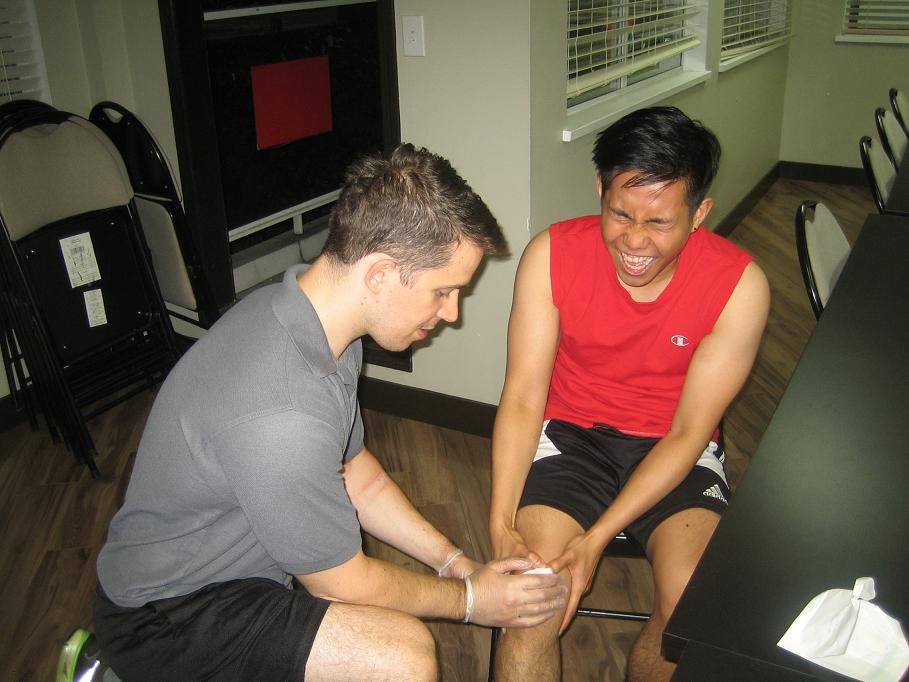An incision is a type of skin injury due to scalpel during surgery. Surgical wounds come in various sizes and can occur in different parts of the body, specifically where the surgery was done to repair an injury or prevent an infection. With this type of skin injury, the doctor uses sutures but sometimes are open to heal naturally.
The size of the surgical wound varies and depends on factors such as the procedure and location on the body.
Usually, these wounds would heal naturally but there is a small chance that these wounds are prone to infection.

There are also numerous factors that can contribute to increasing the risk of a surgical wound infection, these include: diagnosed with other health issues such as diabetes or a weak immune system. Those who smoke, elderly, and overweight also have an increased risk of an infection. Undergoing emergency surgical procedures, GI tract surgeries and procedures lasting more than two (2) hours also pose an increased risk of infection.
Surgical wounds require frequent monitoring to ensure that they are healing properly. The infection may only affect the skin, the tissues under the skin or any implants.
Signs and symptoms of an infected incision
- An increase of pain or redness around the wound
- There is a delay or slowing down in the healing process
- A presence of pus or drainage is coming from the wound
- A foul smell coming from the wound
In diagnosing your surgical wound infection, your doctor will perform an examination of your wound and see the symptoms. Your doctor may also take a sample of the drainage from your wound to see what kind of bacteria or viruses are in it.
The treatment for a surgical wound infection sometimes depends on where the surgical wound is located on the body. Dressings are normally placed over the wound and are to be changed regularly. Clean the skin around the surgical with salt water.
The time for a surgical wound to recover varies, it can take weeks and up to months. Your surgeon should be able to tell you when you are able to go back to work, exercise again, and return to your daily routine.
Disclaimer / More Information
The material posted on this page on an incision is for learning purposes only. Learn how it is treated by taking a first aid and CPR class with one of our training providers.
